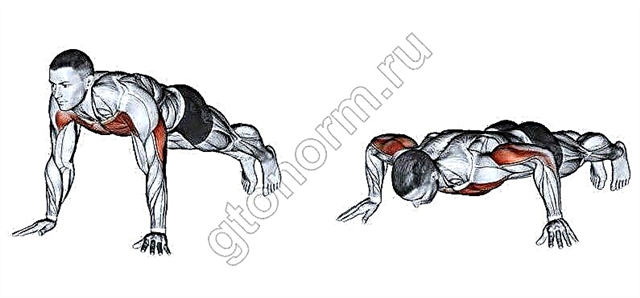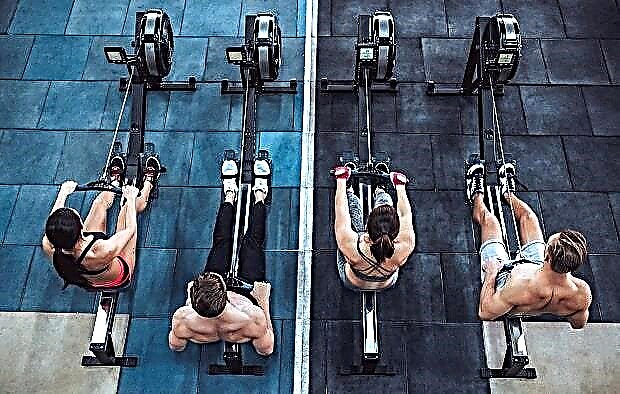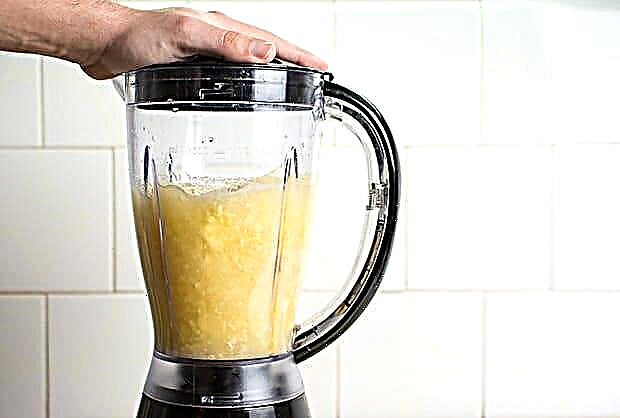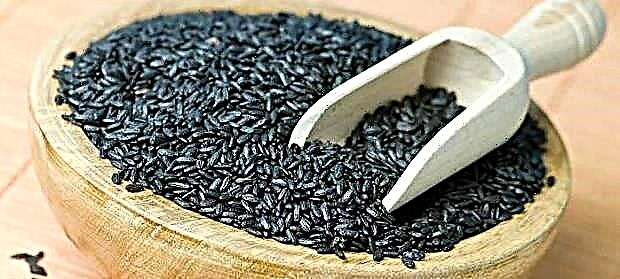What swimming styles do you know and what would you like to learn? You've probably heard different names, but you vaguely understand what each of them is. There are only 4 main types of swimming in the pool, they are also considered sports disciplines participating in international competitions and the Olympics. There are also many household styles that do not have strict technical requirements. In fact, they are "unfinished" or lightweight variations of sports styles. They lose to the latter, both in speed of movement, and in entertainment, and functionality.
In this article, we will cover all types and styles of swimming in the pool or open water. We will give the characteristics, analyze the pros and cons, and help you decide which of them should be trained in the first place.
Why learn to swim?
Swimming is a unique sport, the beneficial properties of which can hardly fit into a voluminous book. It has been practiced since ancient times, it is believed that such a load, along with running, is natural for a person. Let's briefly describe the main advantages of swimming:
- Regardless of the style chosen, the muscles of the whole body are involved in the work;
- All vital systems of the body receive a positive effect;
- Suitable for people with injuries, joint diseases;
- Allowed for pregnant women and the elderly;
- Not contraindicated for asthmatics, people with multiple sclerosis;
- Effectively burns fat, promoting weight loss;
- Improves sleep and mood;
- Saves from stress and depression;
- Suitable for children;
Well, have we convinced you to start learning pool swimming styles?
The main methods of swimming in the pool include: crawl on the chest, breaststroke, crawl on the back and butterfly. Below we will tell you in detail about each of them.

Chest swivel
It is also called freestyle or freestyle. In many speed swimming competitions, athletes practice this particular swimming style, as it is considered the fastest.
Execution technique
The position of the body throughout the entire approach is on the chest. The face is immersed in water. Hands move in alternating mode - in water, a semicircle is made in a straight position, above the surface, the hand is slightly bent at the elbow. Legs are straight, move in "scissors" mode. The body is straight, elongated to the string. The inhalation is made when the front hand is immersed in water. At this time, the athlete rests his ear on the leading shoulder, the face emerges from the water and looks towards the back hand, which at this time goes under the water. At this moment, a breath is taken. Then the body turns around, the arms change, and while the face is under water, the athlete exhales.
The technique is very easy and is considered one of the most intuitive. However, if a swimmer wants to achieve high speed performance, he will have to master many additional nuances. For example, refine the stroke style, train breathing through 2-4 swings, etc.

Benefits
- This swimming technique is the fastest;
- Easy to learn;
- Assumes high energy consumption, which means it is effective in losing weight;
- Sets a powerful load on absolutely all muscles of the body.
Disadvantages
- Requires a well-developed breathing apparatus;
- Throughout the entire swim, it leaves the swimmer in a tense state, which is difficult for beginners to withstand;
- The athlete must have developed coordination and intuitively understand the necessary coordination of movements.
- It's hard to master from scratch without a coach. You will have to pay for at least 1-2 lessons.

Breaststroke
The second most popular type of swimming technique in the pool is breaststroke, or it is also called "frog". Indeed, if you look at the swimmer from above, his actions with his arms and legs resemble the movements of a frog. It is the most popular swimming style among amateur athletes. If desired, you can swim with it without immersing your face in water, however, in order to achieve the best speed performance, it is advisable to follow the recommended technique exactly. By the way, breaststroke is the slowest sports style.
Execution technique
Let's look at hand movements first - try doing them in the air, you will immediately understand how to move in the water. The forearms are brought together so that the elbows rest against the chest. Now stretch your arms forward, and at the moment of straightening, turn your palms with their backs to each other, and, as it were, move the water apart. The arms are spread out until they form a straight line. Now bring your forearms together again, etc.
The legs are spread horizontally, the knees are pulled up to the stomach, ideally the heels should collide with each other. The limbs move synchronously - first, the arms open, due to which there is a jerk forward, then, while they are gathering under water, the legs open, the forward movement is picked up and continued. At the moment when the hands make a stroke, the swimmer, for a short time, plunges his face into the water and exhales. During the return phase, when the arms are gathered at the chest, inhale.
This style requires perfect fusion of movements, and is not too demanding on the respiratory system. If you wish, you may not submerge your face at all in water, but in this case you will swim even slower and get more tired.

Benefits
- Allows you to swim at a calm, relaxed pace;
- The best kind of long distance sailing;
- Does not stimulate too intense jumps in heart rate or heart rate;
- Doesn't require strong physical training.
Disadvantages
- Slowest swimming style;
- Not the most spectacular, in terms of the beauty of the movements.

Back crawl
Let's continue to analyze what types of swimming are, and move on to one of the calmest and less energy-consuming - freestyle on the back. With this style, many swimmers are introduced to the world of swimming - when a person first comes to the pool, he is taught to “lie on the water”. As soon as he masters balance, he begins to make the first movements with his hands, which resemble a crawl on his back.
Execution technique
The arms move in an alternating position, remaining straight throughout all stages. Each hand seems to draw a large circle - half in the water, half in the air. The body remains straight, stretched out in line. If you allow the back to bend, you will lose speed and overload the spine. Legs move in a scissor style, just like a regular chest rabbit.

Benefits
- The style is easy to master even for three-year-olds;
- Allows you to swim comfortably, at a relaxed pace, without getting tired for a long time;
Disadvantages
- Difficult to achieve high travel speed;
- Often there is discomfort due to splashes that get on the face;
- You float blindly without seeing the picture in front of you;
- It is uncomfortable to swim in sunny weather, you have to wear mirrored glasses.

Butterfly
Many attribute it to non-standard types of swimming due to its unusual movement technique. However, "butt" or "dolphin" is the most real official sports style, moreover, the most spectacular, energy-consuming and difficult to learn. It is the second in speed characteristics, but if you master the technique perfectly, it can become the first for you personally, overtaking the crate on the chest.
Execution technique
The rowing is performed simultaneously with both hands, which sharply push the water apart, and then stretch along the body. At this moment, the swimmer seems to be jumping out of the water - it is this part of the technique that is the most graceful and spectacular. The legs are kept tightly pressed together, and the body makes a wave-like movement that starts from the knees, then goes to the body and head. Breathe in when the arms go back, and exhale when they stretch forward.

Benefits
- The most spectacular and beautiful swimming style;
- Promotes a huge waste of energy - helps to lose weight;
- Qualitatively trains the muscles of the body;
- Allows you to develop high speed;
Disadvantages
- It is difficult to learn without a coach;
- Requires excellent physical fitness;
- Not suitable for those wishing to master different types of swimming from scratch;
- Not applicable for long swims.

So, we have listed the main swimming styles and their characteristics, having analyzed the pros and cons. Now it's your turn - go to the pool for a subscription. If you learn all 4 types of swimming, you can safely consider yourself an experienced swimmer with solid skills.
Next, let's talk about what other swimming styles exist besides sports.
Household swimming styles
It is difficult to say exactly how many types of swimming have been invented by mankind today. We will name the three most popular applied styles that are used practically everywhere.
- On the side or over-arm. Most often practiced by water rescuers who need to be able to swim on one side in order to hold the victim with their free hand. In this technique, the legs move with scissors, the body is almost vertical in the water, and the arms perform asymmetric movements in a free style.
- Tragen. Reminiscent of the symbiosis of the chest crawl and breaststroke, in which the arms move like in the water style, and the legs, like in the breaststroke. The style allows you to compensate for the lack of speed of the latter and reduce the energy consumption of the former.
- Sochi bras. As such, he has no technology. The body is in the water vertically, the legs move poorly in the "scissors" type, and the arms make movements that are weakly reminiscent of breaststroke. In fact, a person pushes the water in front of him, helping his feet to keep the body afloat. The head does not sink into the water.
- Like a dog. Drowning style, if otherwise. Indeed, if a person who cannot swim is thrown into the water, he will intuitively move like a dog, making circular movements with bent arms and legs under water, trying to keep his head on the surface. Not the most beautiful style, and not the fastest, and besides, energy-consuming, but why not?

Which style should you choose?
So, we talked about what swimming styles are and gave their advantages with disadvantages. Based on what has been said, we recommend choosing the one that is most suitable for you.
If your goal is speed, muscle training and weight loss, we recommend crawling. If, moreover, you are in good physical shape and have a keen desire to master something unusual - try your luck at butterfly.
For lovers of calm swimming at a moderate pace, we recommend the breaststroke. It burns calories and is easy to train, and does not give the body an excessive cardio load.
For beginners, we advise, for a start, to learn to swim on the back and in this the eponymous crawl will be the best assistant. Well, if you are too lazy to master the intricacies of official swimming techniques and styles, choose any household one.

Now you know what types of swimming are, and where it is appropriate to apply each of them. Next - go on a free trip. But we still recommend that you learn the official techniques - with them you are guaranteed to get the full range of useful properties of this sport.
And yes, despite the fact that we talked about different types of swimming in the pool, any of them can be successfully practiced on big water. In natural conditions, learning is both more fun and interesting! If you have the opportunity - feel free to go to sea!









